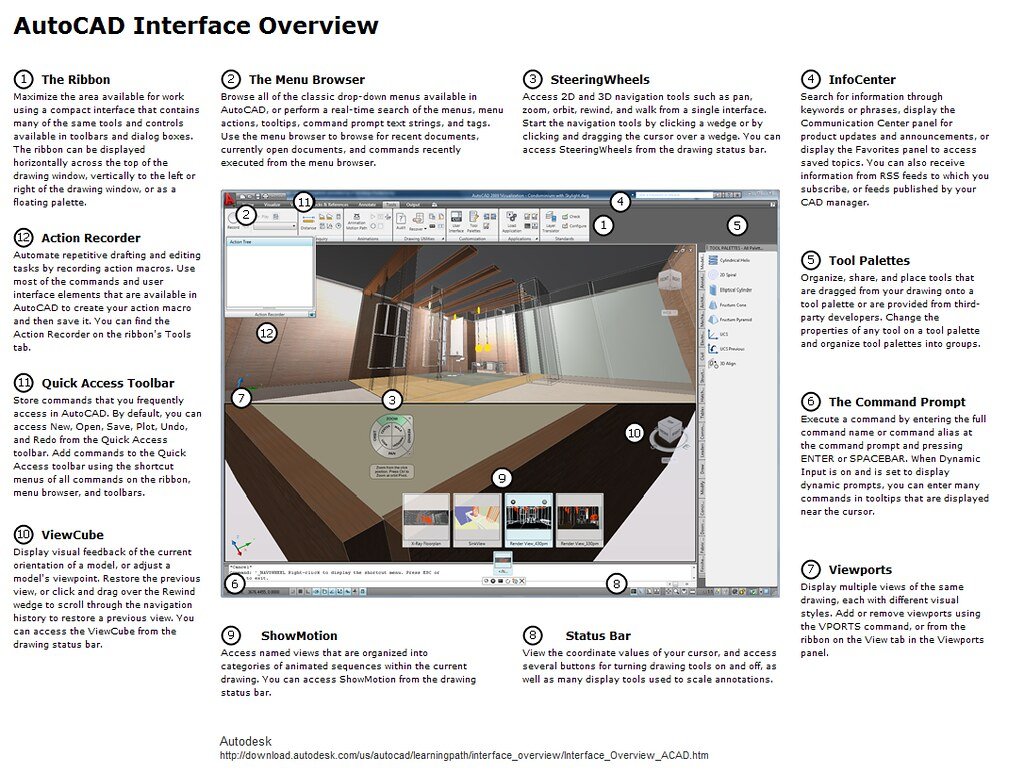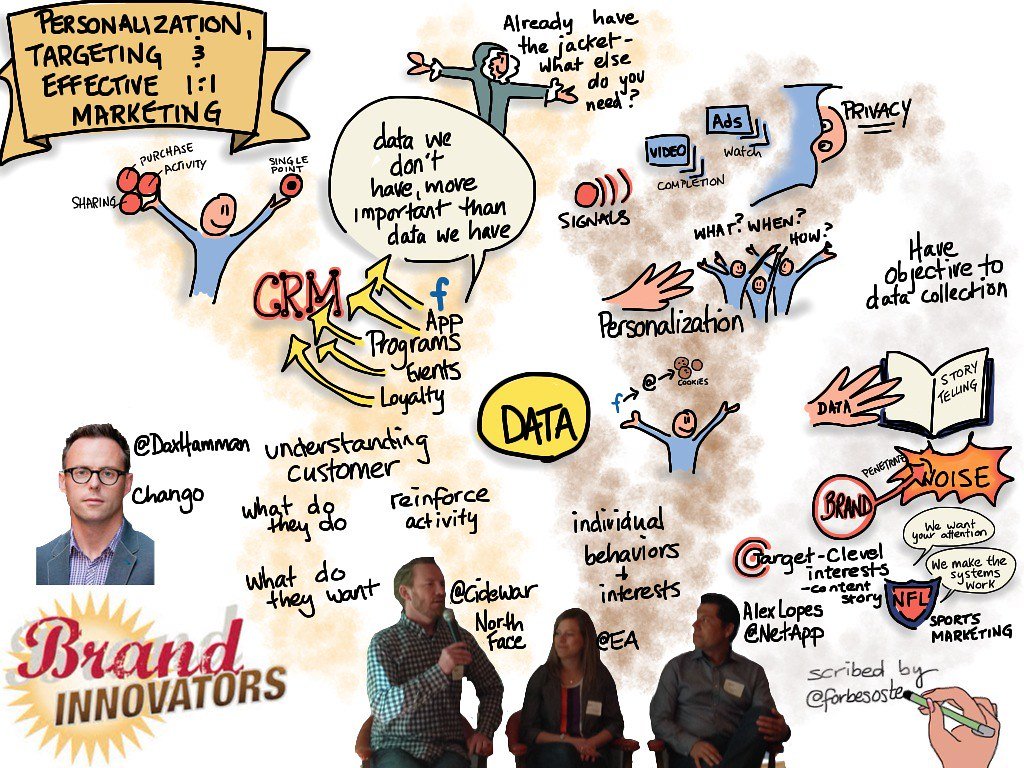Step into the world of delightful shopping where the boundaries between online and offline, reality and imagination, blur seamlessly. In this realm, e-commerce transcends the mere transactional, offering an immersive and enchanting experience. Welcome to the art of crafting UX for memorable e-commerce, where designers and marketers collaborate to blend functionality with joy, utility with surprise. Here, innovation and elegance dance together, turning the ordinary act of shopping into an extraordinary journey. Join us as we delve into the depths of delightful shopping and uncover the secrets behind creating an unforgettable online buying experience. Whether you’re a seasoned buyer or a curious explorer, prepare to be captivated by the possibilities that await within this captivating intersection of technology and consumer desire.
Table of Contents
- Creating a Seamless and Intuitive User Interface for Enhanced Shopping Experience
- Enhancing Customer Journey with Personalization and Recommendation Engines
- Building Trust and Convenience through Secure Payment and Checkout Processes
- Utilizing Engaging Visuals and Interactive Features to Captivate Users
- Q&A
- To Conclude

Creating a Seamless and Intuitive User Interface for Enhanced Shopping Experience
Two key elements to consider when designing an e-commerce user interface are seamlessness and intuitiveness. A seamless interface allows users to effortlessly navigate through different sections of a website, enhancing their overall shopping experience. By eliminating unnecessary distractions, users can focus on the products they are interested in and make purchases with ease.
One way to achieve seamlessness is by implementing a responsive design. This means that the user interface should adapt to different screen sizes, whether it be a desktop computer, tablet, or mobile phone. By ensuring that the interface is optimized for all devices, users can enjoy a consistent and smooth shopping experience regardless of what device they are using. For example, popular e-commerce platforms like Amazon or eBay have responsive designs that allow users to browse and make purchases seamlessly on any device.
Intuitiveness is another crucial aspect of a great e-commerce user interface. It involves designing the interface in a way that is easy to understand and navigate, even for users who may not be tech-savvy. To enhance intuitiveness, clear and concise labels should be used for different sections and buttons. For instance, a “Shopping Cart” icon is commonly used to represent the page where users can view and manage their selected items before making a purchase. Additionally, incorporating search bars with auto-suggest functionality and filters can help users find specific products quickly. For example, website interfaces like Etsy or Zappos make it easy for users to search for specific items by providing search suggestions and allowing them to refine their search results with filters by size, color, or price range. Overall, by focusing on seamlessness and intuitiveness, e-commerce websites can create a delightful shopping experience for their users.
Enhancing Customer Journey with Personalization and Recommendation Engines
Personalization and recommendation engines have become essential tools for online businesses looking to provide a delightful shopping experience to their customers. By tailoring the user experience to individual preferences and needs, companies can create a highly engaging and memorable e-commerce journey.
One of the key benefits of personalization is the ability to create a seamless and intuitive shopping experience. By analyzing customer data such as browsing history, purchase behavior, and demographic information, businesses can understand their customers’ preferences and provide tailored recommendations. For example, a fashion retailer can use a recommendation engine to suggest outfits based on a customer’s previous purchases, helping them discover new styles and items they may have otherwise overlooked. This level of personalization not only enhances customer satisfaction but also increases the chances of a purchase, as users feel more understood and valued by the brand.
Additionally, personalization can extend beyond product recommendations. Businesses can customize the entire user interface based on individual preferences, ensuring a unique and engaging experience for each customer. This can include personalizing the layout, color scheme, and even the content displayed. Taking it a step further, companies can leverage machine learning algorithms to predict users’ needs and take proactive actions. For instance, a travel booking website can proactively offer personalized holiday packages based on a customer’s search history and upcoming vacation dates. Such initiatives not only save customers time but also create a sense of convenience and delight.
In summary, personalization and recommendation engines offer immense opportunities for e-commerce businesses to craft a delightful shopping experience. By utilizing customer data and leveraging intelligent algorithms, companies can engage customers on a deeper level, increase conversion rates, and build long-term loyalty. The future of e-commerce lies in tailoring the UX to individual needs and preferences, creating a memorable journey that keeps customers coming back for more.
Building Trust and Convenience through Secure Payment and Checkout Processes
In the realm of online shopping, trust and convenience play a crucial role in crafting a delightful user experience (UX). With an increasing number of e-commerce platforms emerging, it has become imperative for businesses to prioritize secure payment and checkout processes. Ensuring a safe and easy transaction not only instills confidence in customers but also enhances their overall shopping experience. Here are some key considerations to build trust and convenience in your e-commerce platform:
1. Implement secure payment gateways: Offer a variety of trusted and widely recognized payment options, such as PayPal, Apple Pay, or Google Pay. Leverage encryption technologies to safeguard customer data during the payment process, giving your users peace of mind.
2. Streamline the checkout process: Make it a breeze for customers to complete their purchases by minimizing the number of steps required. Implement autofill features that save time and reduce effort. Remember, a lengthy and complex checkout process can lead to cart abandonment, impacting both sales and customer satisfaction.
3. Display trust signals: Incorporate trust seals, such as SSL certificates and security badges, prominently on your website to signal a secure environment. These visual cues reassure customers that their personal and financial information will be handled responsibly.
4. Provide clear and concise information: Ensure that your customers have all the necessary information at their fingertips. Display detailed product descriptions, pricing, shipping options, and return policies to avoid any confusion or surprises during the checkout process.
By prioritizing secure payment and checkout processes, you can build trust and convenience, setting yourself apart from the competition. Remember, a seamless shopping experience will not only keep customers coming back but also encourage positive word-of-mouth recommendations.
Utilizing Engaging Visuals and Interactive Features to Captivate Users
Creating a delightful shopping experience is crucial for e-commerce websites. By utilizing engaging visuals and interactive features, you can captivate users and leave a lasting impression. Here are some strategies to craft a memorable UX that will elevate your e-commerce site to new heights:
1. Stunning Product Imagery: Use high-quality, visually appealing images that showcase your products from different angles. Customers want to see details, colors, and textures, so ensure that your images are clear and well-lit. Incorporate zoom and 360-degree view options to allow users to examine products closely and make informed decisions.
2. Intuitive Navigation: Make it easy for users to explore your website and find what they’re looking for. Use clear and concise category names and ensure that your navigation menu is intuitive and user-friendly. Implement dropdown menus, breadcrumbs, and filters to help users easily narrow down their search. For example, Amazon has a user-friendly navigation menu that allows users to browse by department, and further refine their search by various filters such as price range, brand, and customer ratings.
3. Interactive Product Customization: Offer interactive features that allow users to customize products according to their preferences. For example, if you sell customizable T-shirts, provide a design tool that allows users to customize the color, text, and graphics on the shirt. Ikea’s kitchen planner, on the other hand, allows users to design their dream kitchen by selecting various components and arranging them to fit their space.
4. Engaging User Reviews and Ratings: Incorporate user-generated content such as reviews and ratings to build trust and engage users. Highlight positive reviews and display average ratings prominently to encourage purchase decisions. Consider implementing features like verified purchase tags, helpfulness voting, and the ability for users to ask questions about products. Sephora’s website, for example, allows customers to rate and review products, providing valuable insights for potential buyers.
By implementing these strategies, you can create a delightful and memorable shopping experience for your users. Remember, engaging visuals and interactive features are key to captivate users and drive conversion rates. Aim to create an intuitive, aesthetically pleasing, and interactive environment that makes shopping an enjoyable journey for your customers.
Q&A
Q: Why is crafting a delightful shopping experience important in e-commerce?
A: Crafting a delightful shopping experience in e-commerce is crucial because it helps businesses leave a lasting impression on customers. By providing a memorable user experience, e-commerce platforms can enhance customer satisfaction, loyalty, and ultimately boost sales.
Q: What are some key elements in crafting a delightful shopping experience?
A: Several key elements contribute to crafting a delightful shopping experience. User-friendly navigation, seamless website performance, fast loading times, clear product information, personalized recommendations, hassle-free checkout process, and efficient customer support are some of the essential aspects that can enhance the overall user experience.
Q: How does personalized product recommendation improve the shopping experience?
A: Personalized product recommendations play a significant role in enhancing the shopping experience. By leveraging data analytics and customer browsing behavior, e-commerce platforms can offer tailored suggestions to individual users. This not only saves time for shoppers but also helps them discover relevant products they may have otherwise missed, providing a sense of personalization and satisfaction.
Q: How can e-commerce platforms ensure a seamless checkout process?
A: To ensure a seamless checkout process, e-commerce platforms should focus on minimizing unnecessary steps, simplifying forms, and offering multiple payment options. Incorporating user-friendly design elements, such as progress indicators and clear call-to-action buttons, can also streamline the checkout experience and reduce cart abandonment rates.
Q: Why is exceptional customer support crucial in crafting a delightful shopping experience?
A: Exceptional customer support is vital in crafting a delightful shopping experience as it demonstrates a brand’s commitment to customer satisfaction. Promptly addressing customer inquiries, offering live chat support, and providing a hassle-free return and refund process can greatly enhance the overall shopping experience and build trust with customers.
Q: How does storytelling and engaging content contribute to e-commerce UX?
A: Storytelling and engaging content are powerful tools in e-commerce UX. By incorporating compelling narratives, visual storytelling, and interactive content, e-commerce platforms can immerse customers in a unique brand experience. This not only helps create an emotional connection with customers but also differentiates the brand from competitors and leaves a lasting impression.
Q: How can e-commerce platforms optimize their websites for mobile users?
A: Optimizing websites for mobile users is crucial in today’s mobile-first world. E-commerce platforms should ensure responsive design, fast loading times, intuitive navigation, and seamless mobile checkout processes. By providing a smooth and enjoyable mobile experience, businesses can capture a significant portion of the growing mobile consumer market.
Q: How can e-commerce platforms leverage social proof to enhance the shopping experience?
A: Social proof, such as customer reviews, ratings, and testimonials, can significantly influence a shopper’s decision-making process. By prominently displaying positive reviews and encouraging customers to share their experiences, e-commerce platforms can instill trust and confidence in potential buyers. This, in turn, enhances the overall shopping experience by reassuring customers that they are making informed purchasing decisions.
Q: What role does aesthetics play in crafting a delightful shopping experience?
A: Aesthetics play a crucial role in crafting a delightful shopping experience. Thoughtful visual design, appealing product imagery, and a cohesive brand identity can create a visually pleasing environment that resonates with customers. Attention to detail in typography, color schemes, and overall design consistency can elevate the user experience and make shopping an enjoyable and memorable process.
Q: In what ways can e-commerce platforms foster customer loyalty through delightful shopping experiences?
A: E-commerce platforms can foster customer loyalty through delightful shopping experiences by consistently delivering exceptional user experiences. By offering personalized recommendations, exclusive promotions, rewards programs, and seamless post-purchase support, e-commerce platforms can cultivate a strong sense of loyalty and encourage repeat purchases. Creating a community and fostering engagement through social media and email marketing can also help retain customers and turn them into brand advocates.
To Conclude
In a world where online shopping has become an integral part of our daily lives, crafting a memorable and delightful user experience for e-commerce has never been more crucial. From the moment a user lands on your website to the final click of the checkout button, every interaction should be designed to leave a lasting impression.
Through this article, we have delved into the importance of creating a seamless and captivating user journey that sparks joy and keeps customers coming back for more. By focusing on the principles of simplicity, personalization, and interactivity, we have uncovered the key ingredients for an unforgettable shopping experience.
Imagine a website that understands your unique preferences, effortlessly guiding you through a world of curated products tailored specifically to your tastes. Picture a virtual shopping assistant that not only recommends items based on previous purchases but also surprises you with fresh and exciting options that have been carefully selected just for you. Envision an e-commerce platform where product images come to life, offering a 360-degree view, interactive features, and zoom capabilities, allowing users to truly immerse themselves in the shopping experience.
Crafting such an exceptional UX requires a delicate balance between aesthetic appeal and functional simplicity. Striking visuals coupled with intuitive navigation ensure that users can effortlessly explore your product range, while minimalistic design and clear calls to action guarantee a frictionless path to the final purchase.
While the focus on creating a delightful UX primarily rests on the designers and developers, it is essential for businesses to recognize the value it brings. By investing in creating a memorable shopping experience, companies can cultivate customer loyalty, drive repeat purchases, and ultimately, boost their bottom line.
So as we conclude this exploration into crafting UX for e-commerce, it becomes evident that the secret to a successful online shopping experience lies in the delicate art of combining aesthetics, usability, and personalization. By going above and beyond to create delightful interactions and memorable moments, businesses can transform the mundane act of purchasing into a joyful and fulfilling journey.
Remember, in the vast world of e-commerce, those that prioritize their users’ satisfaction will rise above the rest. So embrace the challenge, unlock your creativity, and commit to crafting an e-commerce landscape that brings delight, one click at a time.

